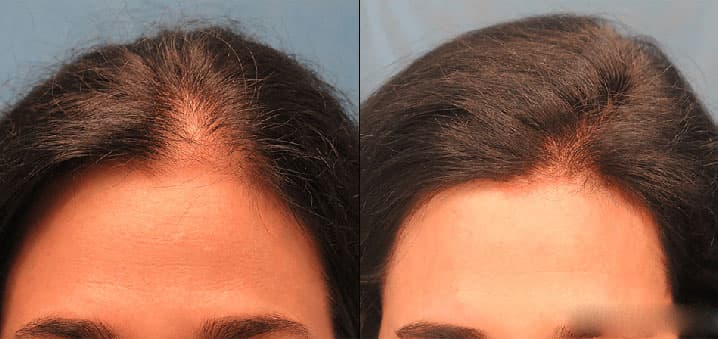In the ever-evolving landscape of hair transplant technology, advancements continue to revolutionize the field, offering new possibilities and improved outcomes for individuals seeking hair restoration. From innovative surgical techniques to cutting-edge equipment and treatment modalities, staying informed about the latest innovations is essential for both patients and practitioners alike. In this comprehensive guide, we will explore the most recent developments in hair transplant technology, highlighting their benefits, applications, and implications for the future of hair restoration.
Robotic Hair Transplantation: Precision and Efficiency
One of the most significant advancements in hair transplant technology is the integration of robotic assistance into surgical procedures. Robotic hair transplantation systems, such as the ARTAS system, utilize advanced algorithms and robotic arms to harvest and transplant hair follicles with unparalleled precision and efficiency. By automating repetitive tasks and reducing human error, these systems enable surgeons to achieve more consistent results and minimize the risk of follicular damage. Additionally, robotic assistance allows for faster procedure times and enhanced graft survival rates, ultimately leading to improved outcomes for patients.
Platelet-Rich Plasma (PRP) Therapy: Stimulating Hair Growth
Platelet-rich plasma (PRP) therapy has emerged as a promising adjunctive treatment in hair restoration, harnessing the regenerative properties of platelets to stimulate hair growth and enhance the overall quality of transplanted follicles. During PRP therapy, a sample of the patient’s blood is processed to isolate concentrated platelets, which are then injected into the scalp at the site of hair loss. These platelets release growth factors that promote angiogenesis, collagen production, and tissue regeneration, creating an optimal environment for hair follicle survival and growth. PRP therapy is often used in conjunction with hair transplant procedures to accelerate healing, improve graft survival rates, and enhance overall results.
Enhanced Graft Preparation Techniques: Maximizing Viability
Advancements in graft preparation techniques have played a crucial role in optimizing the viability and survival of transplanted hair follicles. Traditional methods of graft extraction and handling have been refined and supplemented with innovative approaches to minimize trauma and improve graft quality. For example, the use of specialized storage solutions and holding solutions helps to preserve grafts outside the body, maintaining their integrity and vitality during transplantation. Additionally, novel techniques such as follicle isolation and micro-dissection enable surgeons to harvest individual follicular units with greater precision, resulting in minimal trauma to surrounding tissues and improved graft survival rates.
Conclusion
The latest innovations in hair transplant technology represent a paradigm shift in the field of hair restoration, offering new avenues for achieving natural-looking results and enhancing patient satisfaction. From robotic assistance and PRP therapy to advanced graft preparation techniques, these advancements are revolutionizing the way hair transplant procedures are performed and raising the standard of care for individuals seeking treatment. As technology continues to evolve, it is essential for both patients and practitioners to stay informed and embrace these innovations to ensure the best possible outcomes in hair restoration.








+ There are no comments
Add yours